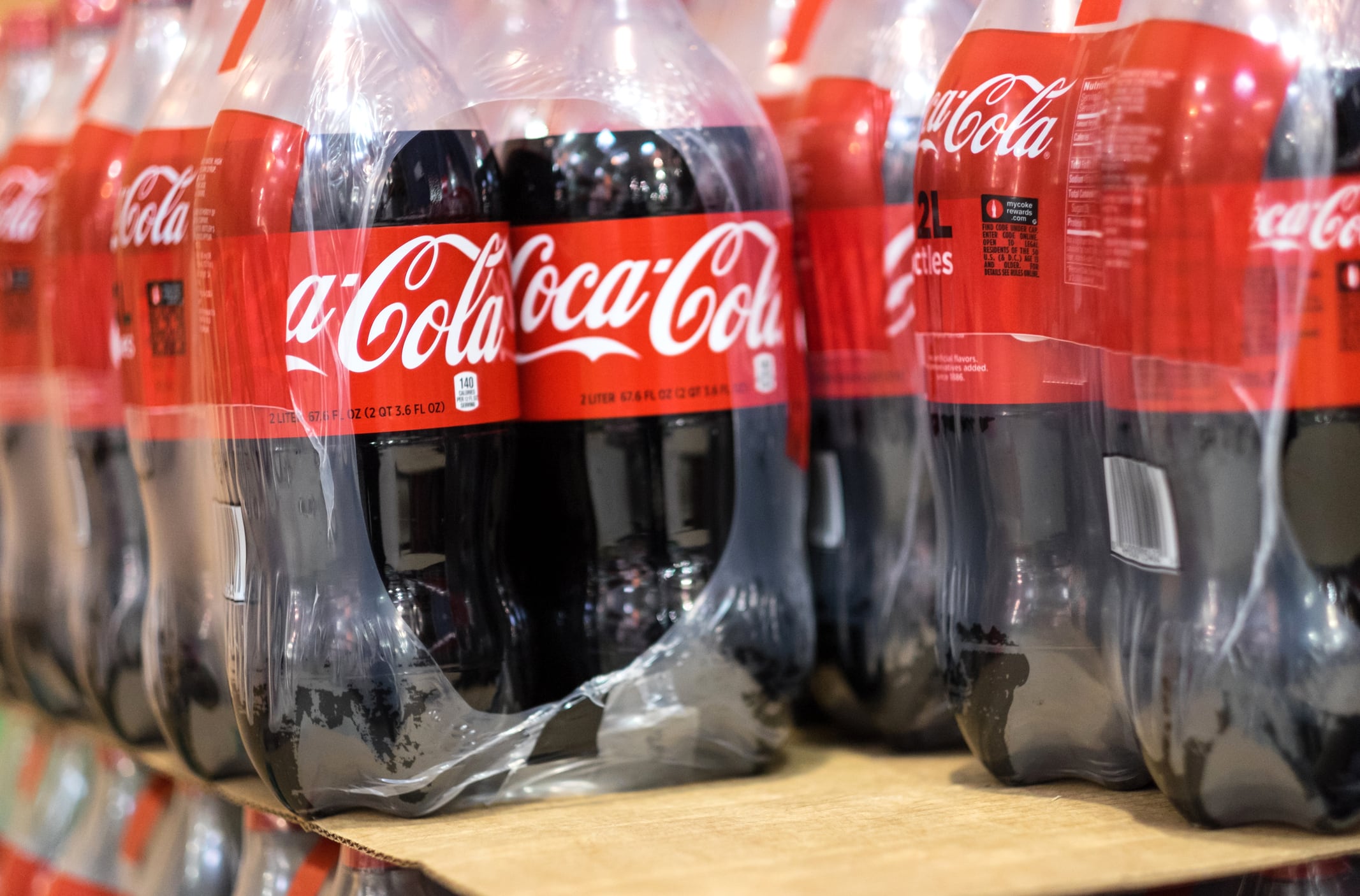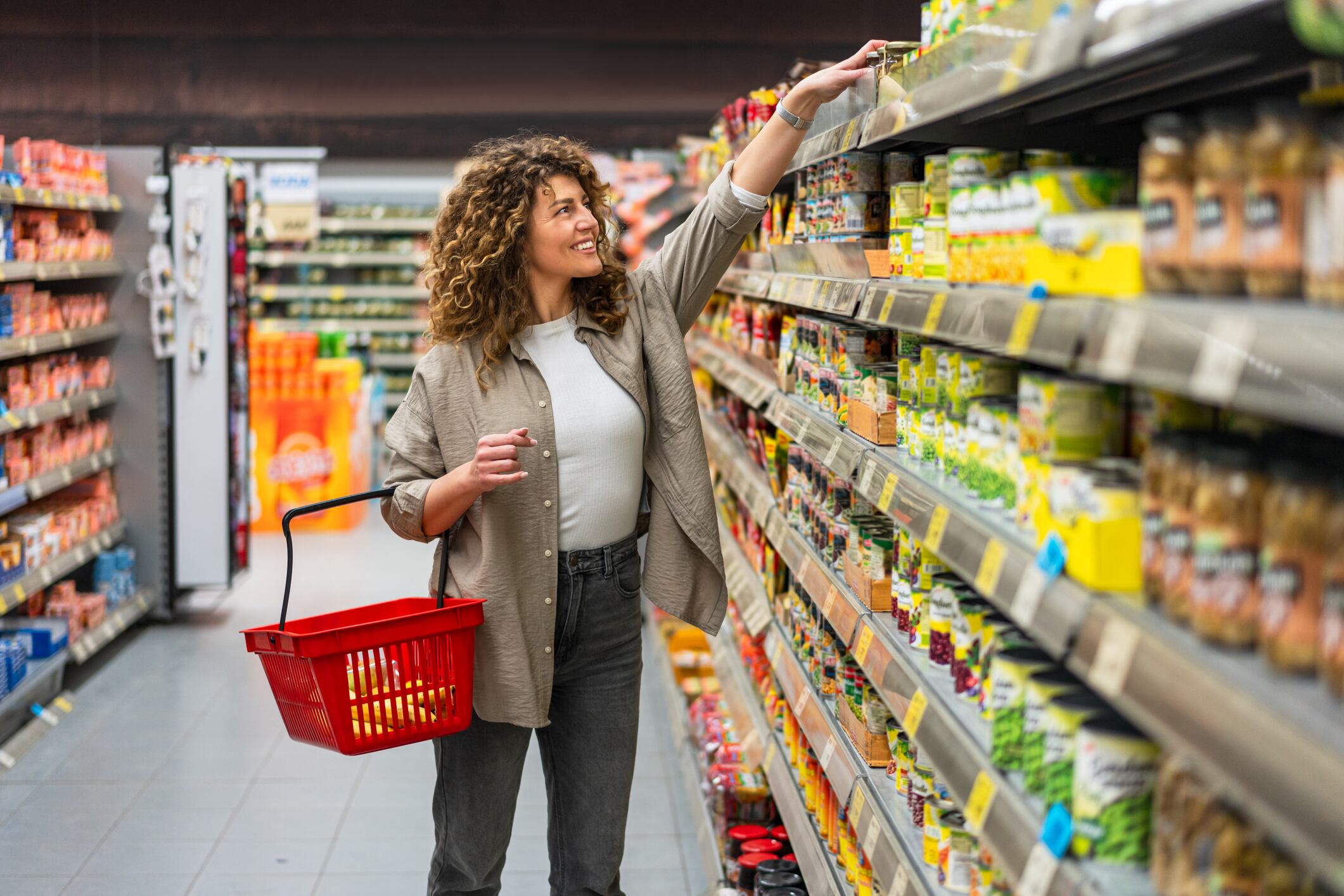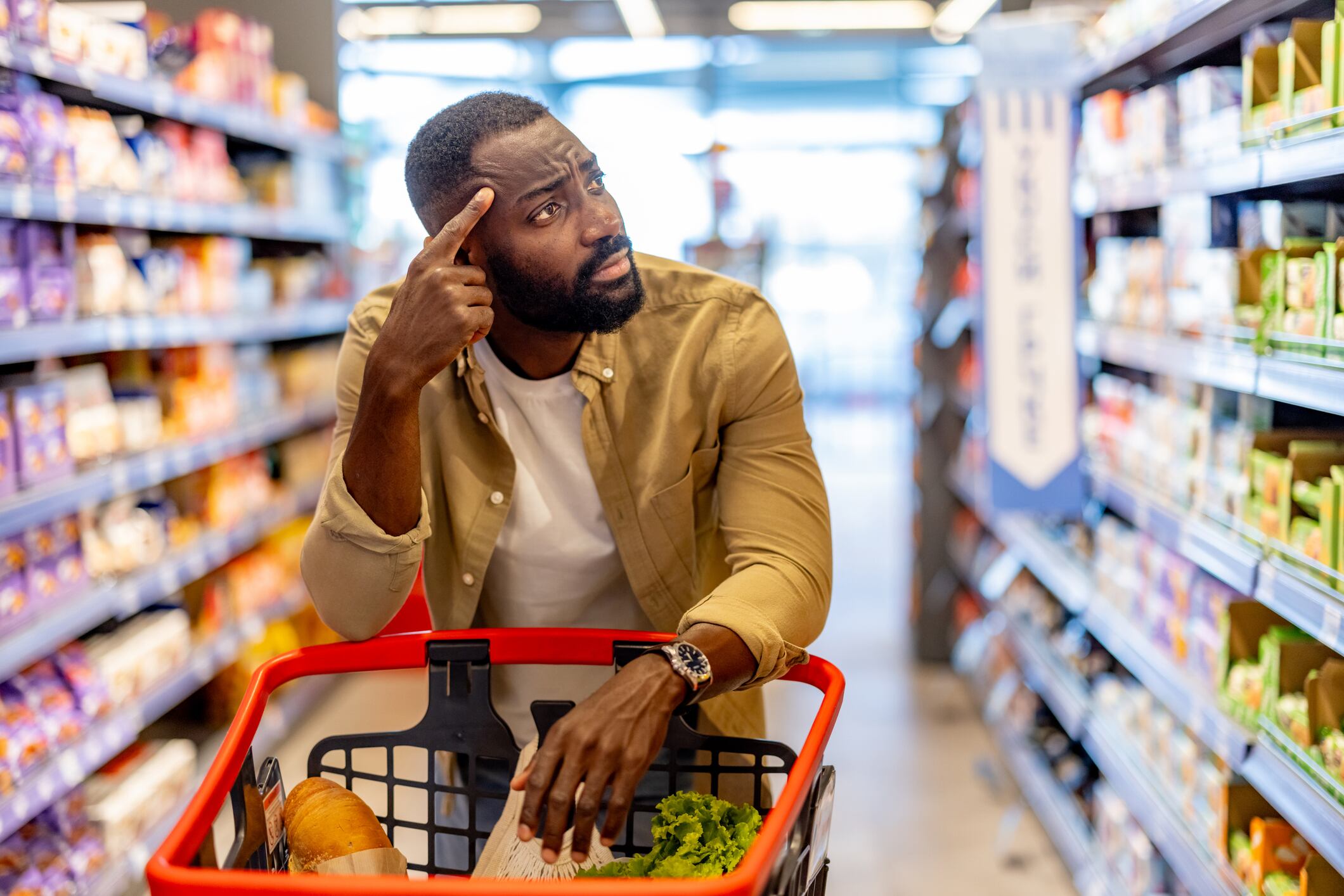NIQ has unveiled a metric it calls a “first-of-its-kind” called a Brand Traction Score, which reveals how effectively FMCG brands turn shelf presence into real consumer purchases.
The NIQ Brand Traction Score combines two of NIQ´s data sources - insights from its Consumer Panel, which tracks how frequently shoppers buy a brand, and its Retail Measurement data, which captures how widely and deeply that brand is distributed across stores.
It found that brands with a high Brand Traction Score tend to be larger, faster-growing, and more efficient at converting visibility into sales.
NIQ’s analysis revealed that within Western Europe - which includes the UK, Germany, France, Spain and Italy – Coca-Cola is the brand with the highest traction, with a score of 487.
It was closely followed by cream cheese brand Philadelphia (458), with Nutella (426) taking third place.
Among the top 15 FMCG companies in the research it found that indulgent brands were in the lead, followed by dairy. It highlighted that both categories have benefitted from “broad product portfolios, versatile usage occasions and shorter purchase cycles”.
Strong local players and category specialists also made the top 15 ranking which included brands Galbani, Babybel, Pepsi, Pringles, Danone, Leerdammer, Knoppers, Ace, Kinder, TUC, Lay’s and Don Simon.
Out of 446 European brands (49%) that managed to grow significantly in unit sales (+5% or more), 81% managed to win over both shoppers and retailers, boosting their appeal on both sides of the shelf, the tracker found.
Additionally, 60% of these brands grew their brand traction, meaning that their additional listings resulted in proportionately more frequent purchases by more shoppers.
NIQ said that across all seven FMCG sectors analysed, the data revealed that the brands achieving the strongest unit sales growth are also those seeing the greatest increases in brand traction.
Emilie Darolles, president Western Europe, NIQ said: “The Brand Traction Score is a powerful new metric that reveals how effectively brands turn shelf presence into real purchases. We’ve seen brands that didn’t expand their physical availability still grow sales by strengthening their brand traction, proving that growth isn’t just about gaining new buyers - it’s about converting them more often.”



